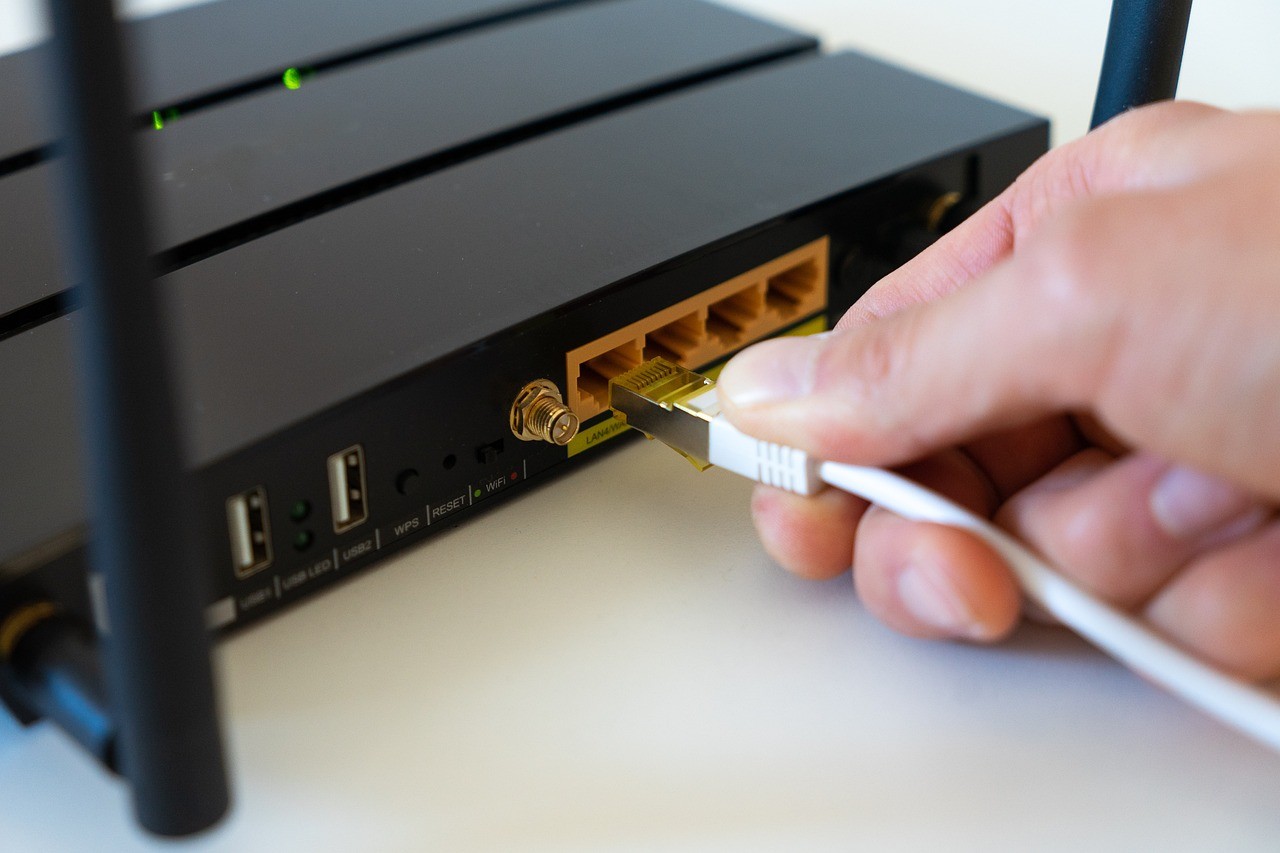Have you and your family ever been left stumbling around in the dark during an unexpected power outage? Most of us have experienced power outages and they are very inconvenient, to say the least.
Extended outages can lead to spoiled food in the refrigerator, loss of necessary heat or air conditioning, and the function of vital electrical appliances or medical equipment.
One way to avoid the problems associated with unexpected power outages is to have a generator in your home to supply emergency power. If you have ever wondered, “How does a generator work?”, then continue reading below.
How Does an Electric Generator Work?
As stated earlier, electric generators are the most popular type of generator that people turn to for backup power. Despite the name, generators do not actually generate or create energy; they convert existing mechanical energy and turn it into electrical energy.
Electric generators require a fuel source, which is usually one of the following: gasoline, diesel, propane, or natural gas.
The electrical conversion is accomplished by the movement of an electrical conductor within a magnetic field. The movement of the conductor causes a change in the voltage at each end of the conductor, which then produces what is called an induced current.
This flow of differing electric voltages is what produces the electrical energy that can be used to power your home, business, or other facilities.
What is Inside an Electric Generator?
There are hundreds of parts that can make up a generator, depending on its size and design. Here are the main components that are most important for the production of electricity:
- The Engine: Provides the mechanical energy
- The Frame: This is the housing/structure of the generator itself.
- Control Panel: Enables the user to control electrical production via the interface.
- Charger: Provides electricity to the generator’s battery.
- The Fuel System: Provides fuel to the engine as needed.
- Lubrication System: Keeps the moving parts of the generator lubricated to reduce friction and wear.
- Voltage Regulator: Controls the voltage level of the electrical output.
- Cooling System: Keeps the generator from getting too hot during use.
- Exhaust System: Rids the generator of the waste and gaseous byproducts created from the fuel used during electrical production.
- The Alternator: Turns mechanical input into electrical output.
What Types of Electric Generators Are Available?
When deciding on what type of electric generator to purchase, your first decision will be to determine if you would be best suited to an AC generator or a DC generator.
AC generators are also referred to as single-phase generators and they do not generate an electrical output over 25kW. AC generators are the most widely used because they can generate higher voltages than DC generators, are usually cheaper, and require less maintenance. On the other hand, DC generators are generally regarded as being more stable.
How Do Portable Generators Work?
Portable generators can be any type of generator (i.e. electric, solar, wind-powered, etc.), that is small and intended to be easily transported to various locations where power is needed. These generators are ideal for camping trips, RV-ing, road trips, or other temporary living situations where a small amount of electricity is needed.
Most portable generators weigh between 20 to 500 pounds and can provide 5 to 20+ hours of electricity depending on the size of the generator, voltage, fuel tank capacity, and how much electricity is being used.
These generators are meant to power lamps, small to medium-sized appliances and electronics, pumps, electric tools, and other items. They are not intended to provide power to an entire home or building.
Electric portable generators usually run on gasoline. However, make sure to read the manufacturer’s specifications on what type of gasoline to put into your generator.
Many generators can only use certain types of gasoline. Fuel tank sizes are generally between 1-10 gallons or more. The higher the wattage a generator provides, the bigger the unit and its fuel tank tend to be.
How Much Electricity Does a Portable Generator Provide?
To give you an idea of the amount of electricity a portable generator can provide, a 7500W, 200-pound generator with a fuel tank capacity of 6.6 gallons can run for about 16 hours at a 25% load.
Alternatively, a 1700W, 55-pound generator with a fuel tank capacity of 1 gallon can run for about 8 hours at a 25% load. 25% load means that only 25% of the total wattage is being used at a time. For the 7500W generator, this would be 1875W. For the 1700W generator, this would be 425W.
Before you purchase a generator, you should find out how much wattage each of the devices you intend to power requires per hour and compare it to the wattage that each particular generator is able to provide.
Many manufacturers provide calculators on their websites where you can enter the type of appliance or device and its wattage to get an estimate of how long a particular generator could provide power to that appliance or device.
Noise level is another thing you may want to consider for a portable generator, depending on where it will be used. A small 1000W electric generator creates about 40 decibels of sound when running, while a 6500W electric generator can create up to 66 decibels of sound during normal operation.
As a point of reference, the sound of normal conversation in a restaurant is about 60 decibels.
Due to their typically low electrical output, virtually all solar generators are considered portable generators.
How Does a Solar Generator Work?
Speaking of solar generators, if you are looking for an electrical source that is a bit more friendly to our environment, then you may want to consider a solar generator. In basic terms, a solar generator uses solar panels to collect the sun’s energy, then turns it into electrical energy that is stored in a battery until you are ready to use it.
The stored battery power requires a component called an inverter in order to be used to power electrical appliances, tools, and other items. Most solar generators are not meant to provide power to entire buildings.
To give you an idea of the amount of power a solar generator can provide, a 1200Wh solar generator provides 1.2 kWh on a single full charge (It takes about 18 hours to fully charge a solar generator of this size). This is enough energy to power one full-sized refrigerator for about one day.
Solar generators are usually more expensive than electric generators. This is due to the more sophisticated technology and components that these generators use. You will need to assess your own individual needs to determine if the higher price, slower charging times, and lower electrical output are a fair trade-off for using a cleaner, more sustainable energy source.
What are the Components of a Solar Generator?
Arguably, the most important component of a solar generator is the solar panel(s). These panels are usually small and portable, so they can be moved and re-positioned as necessary to catch the most sunlight possible. The other main components of a solar generator include:
- Solar Batteries: The batteries store the collected solar power for later use.
- Battery Charger: The charger transports the power from the solar panels to the batteries.
- The Inverter: Converts the power stored inside of the batteries into electrical power that can be used to power your appliances, lights, and devices.
Making the Decision
Hopefully, we have answered the question “How Does a Generator Work?” However, there are many factors to consider when determining which kind of generator will work best for your needs.
First, you will need to decide whether you will need a generator to provide power for your entire home/building or just a few essential appliances and devices. Next, estimate the amount of wattage you will need and look for a generator that provides that wattage amount as a minimum.
Once you have that basic information, you can then decide between an electric, solar or portable generator depending on your specific electrical needs.



